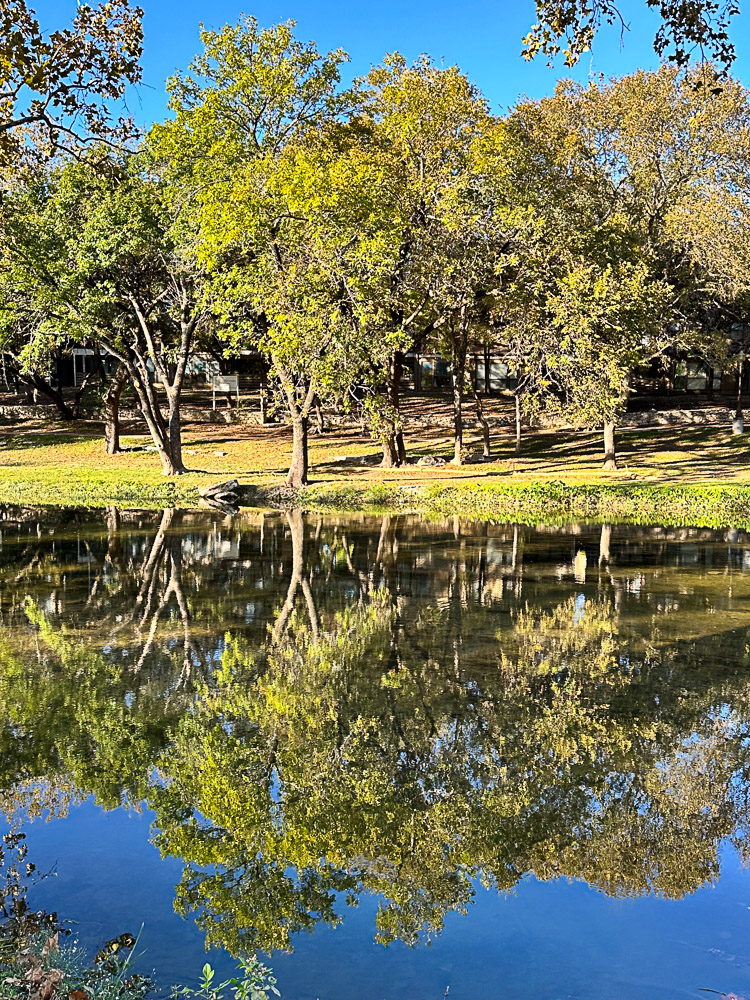
Work in Progress Science Teacher
Teaching science often feels like walking a tightrope. On one side, there’s the standards and expectations of content to teach; on the other, the challenge of staying relevant in today’s rapid fire world. Keeping your lessons fresh is less about reinventing the wheel and more about knowing where to look for the good stuff.
I know that many of you are like me, you spend too much time every year reinventing lessons and activities. It’s time to stop. I bet what you really need ideas to freshen up the great lessons you probably already have. Here are five ways to keep your science lessons in step with the constantly changing scientific landscape.
Build a Network of Curious People
Teaching can be isolating. I’ve always been amazed at that. You spend your days talking, yet being able to touch base with another adult seems like crossing an ocean. For your own sanity, you need to have those adult conversations. Trying to talk to other science teachers in your building, at workshops, or online – is a simple way to get new ideas and perspectives. Sometimes, all it takes is a quick conversation with a colleague to spark a fresh approach to a topic you’ve taught a hundred times.
Action Tip: Join a local or online group for science educators. It doesn’t have to be formal. Sometimes connecting online can be surprisingly helpful. Think of it as your sounding board when you need to brainstorm or troubleshoot.
Stay Tuned with Science Podcasts
Podcasts are like eavesdropping on conversations between experts. Since I drive a lot, I listen to A LOT of podcasts! Shows like Science Friday, Radiolab, and Hidden Brain are great for catching up on interesting topics. It also gives you insight about how scientists are communicating their work to the public in plain language. Plus, they’re great for bringing current events into your lessons.
Action Tip: Use a short podcast clip to kick off a discussion or as inspiration to spark ideas for student projects. Assign podcast episodes as extra credit or listen to a snippet in class as a discussion starter. Imagine exploring a segment on the mysteries of black holes or the psychology of decision-making with your students!
Read (or Skim) Journals and Magazines
You don’t need a subscription to everything out there, but having a couple of go-to publications can really help. Scientific American, National Geographic, or even science magazines for kids often cover topics that connect directly to your content and standards. Many of these also produce student friendly content, making them a dual-purpose resource for you and your class.
Action Tip: Find one or two reliable sources and check them regularly. If you spot a good article, think about how it connects to your lessons. Could it be a warm-up question, a case study, or something for students to read at home?
Use Videos!
Sometimes students need to hear from someone besides you. There are incredible videos out there that can help illustrate tough concepts. But don’t just look for content for your students to watch. Look for learning material for you too. I freely admit that I am not an astrophysicist. When my students wanted to know more about early galaxy formation, I turned to the experts. Videos can save you time and make abstract ideas more concrete for students (and you).
Action Tip: Keep a running list or subscribe to YouTube channels or video sources you trust, like TED-Ed, Be Smart or National Geographic. When a lesson feels a bit dry or tricky, search for a short clip to add some energy and clarity. Just preview the content to make sure it aligns with your teaching goals.
Explore State and University Resources
State and university resources can be easy to overlook, but they often have free, high-quality materials. State agencies might have guides on local ecosystems or environmental challenges, while universities often host lectures, provide articles, or even offer summer workshops for teachers. Following their social media accounts can keep you informed about upcoming events or the latest research.
Action Tip: Encourage students to explore these resources for projects or class discussions. Highlight the work of local scientists to make science feel more relevant to their everyday lives.
A Note on Reliability and Bias
A word of caution, not everything on the internet is reliable. I know you know this, but I still feel compelled to restate it. Even trusted sources can have a biased point of view. It’s worth cross-checking information, especially on hot-button issues. Just be mindful of this and teach your students to evaluate sources too.
Final Thoughts
Keeping your science lessons current doesn’t mean you need to constantly reinvent the wheel. It’s about staying curious, using the resources around you, and finding manageable ways to bring fresh ideas into your classroom. These five strategies can help keep you and your students excited about science without burning yourself out. Share these tips with a fellow teacher and keep the conversation going.
Immerse your middle school and lower high school students in the fascinating world of science with this activity. This innovative lesson empowers students to take charge of their learning journey by exploring the fields of scientific knowledge through engaging podcasts.




